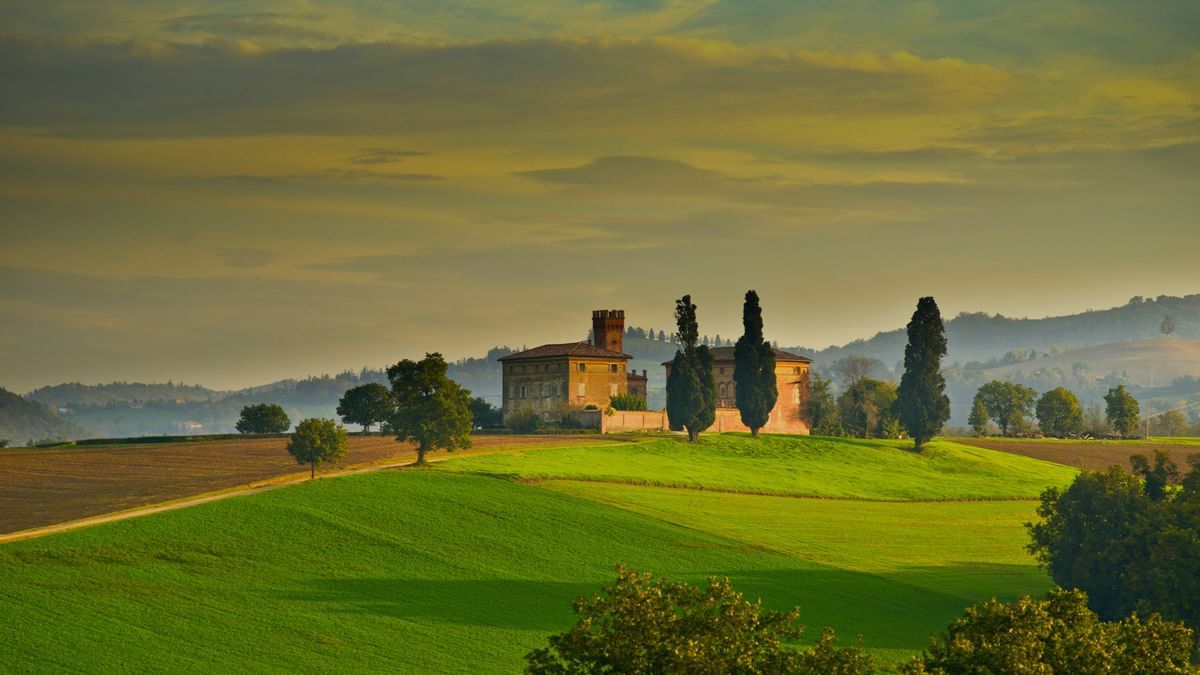Villages, natural beauty, walking routes, food and wine, all for you to discover in and around Emilia.
10 Nov 2020
Gruppo UNA
Emilia, and indeed the entire Emilia Romagna region, is incredibly well-blessed with culinary, historical and cultural riches, not to mention beautiful landscapes that are among Italy’s most evocative. Villages dating back to ancient times, natural parks and reserves, slow itineraries to travel solo or with your family, not to mention a food and wine tradition envied the world over... We show why you have to head to Emilia and its surroundings, and what to do when you get there.
The Villages.
Italy’s many thousands of years’ history is often preserved in its oldest cities and in listed villages on hilltops and in rocky corners. Of all Italy’s regions, over the centuries Emilia Romagna has built up an incredible heritage of such small towns and villages.
One of the most popular to visit is Brisighella, in the province of Ravenna. A stone’s throw from the village of Brisighella is the famous village of Castrocaro Terme and Terre del Sole which, not far from Forlì, is famous throughout Europe for the therapeutic properties of its thermal baths, and for its song festival.

Castelvetro di Modena is a famous village in the Emilian hinterland. Dating back to 1200, it’s famous for balsamic vinegar. Continuing along the backbone of the Emilia region we come to the province of Piacenza and Castell’Arquato, renowned for its DOC wines Gutturnio, Bonarda and Barbera.

Natural beauties.
One of Europe’s rarest ecosystems stretching from the Adriatic to the Apennines, Emilia boasts a parks system that includes two national parks, one interregional park, fourteen regional parks, and fifteen nature reserves.
Start from the valleys around Comacchio, the central hub of the Po Delta Park and home to Italy’s largest colony of flamingos (and only colony of spoonbills). Move on to Lake Ridracoli, in the municipality of Bagno di Romagna in the Forlì-Cesena Apennines, a corner of paradise within the Casentino Forest National Park that offers many opportunities for recreation, from boat trips to trekking.
Don’t skip the Corno alle Scale Park, its stunning terrain supporting a great variety of plant and animal habitats, and its highlight Dardagna Falls. Finally, the 22.5m deep Lake Santo Parmense is the largest glacial lake in Emilia-Romagna, and indeed the largest natural lake in the northern Apennines.


The best hiking trails.
This part of the country is packed with attractions for lovers of natural beauty, from hikers to long-distance trekkers.
Let’s start with the Via Degli Dei route, one of the most famous long-distance walks in the Tuscan-Emilian Apennines. This route was first travelled by the Etruscans, who between the 7th and 4th centuries B.C. came this way to impose their supremacy on the plainlands. The Alta Via Dei Parchi is another great long-distance path, its twenty-seven stages crossing three regions (Marche, Toscana and Emilia Romagna), winding through the National Park of the Tuscan-Emilian Apennines, the Lakes of Suviana and Brasimone, and the Romagna Chalk Vein.
But that’s not all. Another path well worth walking follows the so-called Gothic Line, the famous defensive line that the Nazis built along the mountain ranges of central Italy, connecting the Tyrrhenian and Adriatic coasts. Finally, the Via Vandelli, a path that goes up the Apuan Alps, constructed in the eighteenth century by engineer, cartographer and mathematician Domenico Vandelli, without doubt one of the finest of his ilk.
Food.
Emilian cuisine is a veritable firmament of dishes that is the culmination of almost eight centuries of autonomy across Emilia’s cities. Italian first-course dishes are the mainstay of Emilian cuisine, first off tagliatelle, thin yet firm pasta served with meat and tomato sauce (Bolognese), or with diced ham fried in butter.
Spinach-coloured pasta is used to make oven-baked lasagna, a delicious dish with alternate layers of Bolognese sauce, white sauce and Parmigiano Reggiano cheese. Then there’s tortellini, the pride of Bolognese and Modenese cuisine. Traditionally served in a meat broth, these filled pasta shapes can also be served with cream. And don’t forget tortelloni and anolini! Finally, make sure you sample erbazzone reggiano, a savoury pie of spinach and other vegetables pepped up with a healthy dose of Parmigiano Reggiano and then oven-baked.
Wine.
With some 60,000 hectares of vineyards planted, Emilia-Romagna is one of Italy’s largest wine-producing regions by extension. Emilia and Romagna have different approaches in terms of the grapes they cultivate and the wines they make. Emilia is the undisputed home of “Lambrusco”, a sparkling red wine, whereas in Romagna the wine is mainly still made using Sangiovese, Albana and Pignoletto grapes.
In Emilia in particular, the most common grape varieties are the dark Barbera and Croatina, which characterize Gutturnio DOC and in part Bonarda. Among white grape varieties, we find the aromatic Malvasia di Candia and Moscato Bianco, in addition to the native Ortrugo grape variety.
Emilia-Romagna’s 60,000 hectares of vineyards produce more than 6 million hectolitres of wine. Mainly due to extensive cultivation of plainland, the yield per hectare is the highest in Italy.
Where to stay in Emilia-Romagna.
For your stay in Emilia-Romagna it makes sense to pick a strategic hotel so you can move easily around this beautiful region. Choose depending on the area you want to visit/starting point; the most important thing is to enjoy each day. For example, how about making Bologna your base? Here you’ll find UNAHOTELS Bologna Centro, a modern and welcoming 4-star hotel located slap bang in the city’s lively old town centre. If, on the other hand, you’re just passing through Bologna, a strategic alternative is UNAWAY Hotel Occhiobello, a smart hotel ideally located outside the Renaissance city of Ferrara, which makes an excellent base for exploring the many various local attractions.



